11 Papaya Face Packs For Glowing And Smooth Skin
Keep all your skin issues at bay with this rejuvenating, brightening fruit.
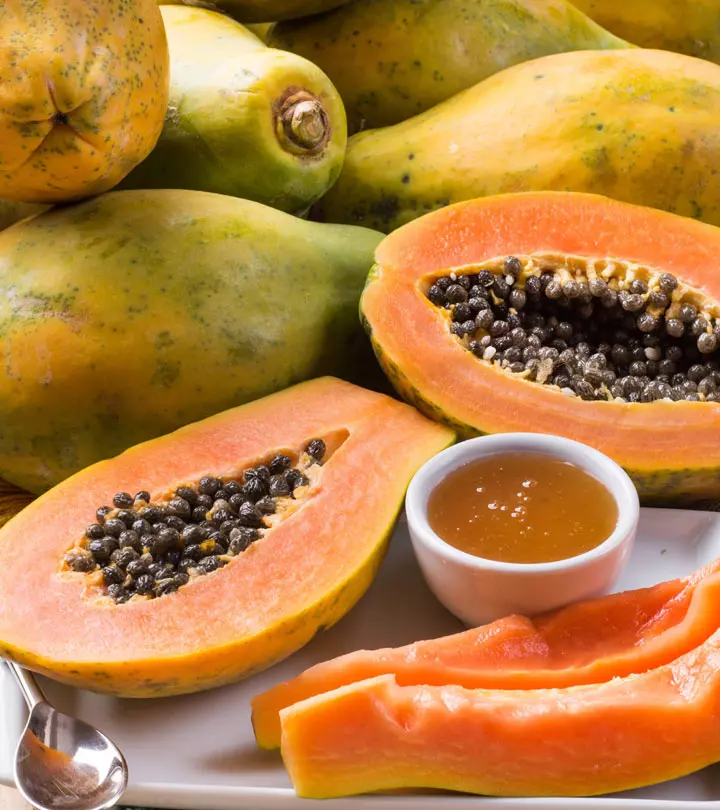
Image: ShutterStock
Papaya, or Carica papaya, a rich source of minerals and vitamins, provides several skin benefits. You can use papaya face packs to solve your skin care issues and rejuvenate your skin. This nutritive and wholesome tropical fruit helps keep the body functioning flawlessly. It also helps with digestion (1). Also, researches prove that papaya can help improve skin health.
This article discusses the various papaya face packs you can make at home and its benefits on your skin. Keep reading!
In This Article
Benefits Of Using Papaya As a Face Mask
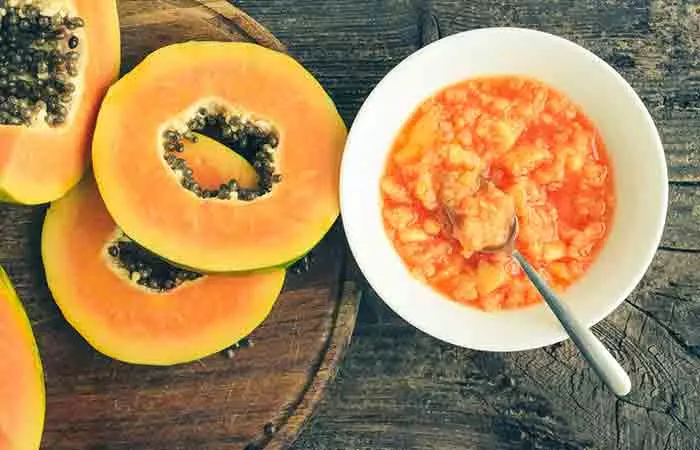
Papayas make for wholesome and effective ingredients to add to your fruit face masks for glowing skin.
Studies have found unripe papaya to be extremely beneficial for topical use and wound healing. As per research, topical application of raw papaya can heal chronic skin ulcers (2).
A study involving 64 patients found that a papaya dressing could be safe in promoting wound healing in patients with postoperative wounds (3). The skin healing action of papaya could be attributed to its protease enzymes (3).
Ripe papaya is widely used as a face pack for treating various skin issues. Among all existing research on papaya benefits, there are no studies proving its direct impact on skin health, however, anecdotal evidence states that it can help. Let us look at some of its scientific properties and how they can be potentially beneficial for the skin.
- The potassium present in papaya can hydrate the skin and keep it from becoming dull or dry.
- Papaya may protect the skin from harmful free radicals that are responsible for premature aging. and thus has anti-aging properties.
- Papaya contains flavonoidsi A diverse group of phytonutrients (plant chemicals) found in a variety of fruits and vegetables which offer many health benefits. that make it an excellent antibacteriali A substance that is used to kill bacteria or stop them from spreading to other parts of the body or cause an infection. and antifungali An agent that can inhibit fungi growth or selectively eliminate them from a host that causes infections. agent (4).
- Papaya is said to help increase collagen production in the skin, which makes the skin soft, firm, and supple and ultimately helps with skin elasticity.
- Ripe papaya can act as a mild exfoliator. It gently removes dead skin cells from your face and helps with skin rejuvenation. Skin exfoliation may also clear dirt and oil that can lead to acne and breakouts on the face.
- Papaya contains a special papain enzyme that can act as a depilatory agent (helps remove unwanted hair) (5).
- Papaya is rich in healing enzymes that may help treat sunburns or soothe irritated skin , thus acting as a skin soothing agent.
- Papaya is also used as a home remedy for skin lightening by reducing dark spots and blemishes.
- Since it has antifungal properties, papaya may also help treat topical fungal infections.
 Quick Tip
Quick TipFrozina, a blogger, shared her experience of using a homemade face mask made of raw papaya: “It actually exfoliates well, leaving the skin baby soft, and smooth. It gives a nice glow and brightens the skin, and the effect lasts for a very long time (i).”
Papaya is generally suitable for all skin types. Some may experience a few side effects, though, in general, the fruit has been found to offer benefits. In the following section, we have listed the different papaya face packs you can use.
Key Takeaways
- Applying papaya topically may promote wound healing.
- Papaya has a high potassium content, which may provide skin hydration and brightness.
- It may also promote collagen production which may make skin supple and firm.
- Face packs like papaya and egg white may help tone the skin.
- Before using papaya face packs, do a patch test to avoid triggering any allergic reactions on or near your face.
Homemade Papaya Face Packs For Different Skin Issues

1. Papaya And Honey Face Mask For Dry Skin
Honey has hydrating properties (apart from its antimicrobial and therapeutic benefits) (6). It can help keep your skin soft, supple, and smooth and also help in skin nourishment. Milk contains lactic acid that may help exfoliate your skin, though more research is warranted in this regard.
You Will Need
- 1/2 cup of ripe papaya
- 2 teaspoons of whole milk
- 1 tablespoon of honey
What You Have To Do
- Chop the papaya into small pieces and mash them.
- Add milk and honey to the mashed papaya. Mix well to obtain a fine paste.
- Apply this pack all over your face and neck.
How Often You Should Do This
Apply this 1-2 times a week.
Caution: Do not add milk to the face pack if you are allergic to dairy products. Instead, add another tablespoon of honey.
2. Papaya, Honey, And Lemon For Acne
While honey nourishes the skin, the papaya enzymes and the vitamin C in lemon juice cleanse the skin and unclog the pores. Vitamin C also helps prevent sun damage and photoagingi The premature aging of the skin due to prolonged exposure to chronic solar ultraviolet (UV) radiation. (7). As per anecdotal evidence, lemon juice is said to have an astringent effect on the skin that might also help to kill harmful bacteria.
You Will Need
- 1/2 cup of ripe papaya
- 1 teaspoon of honey
- 1 teaspoon of lemon juice
- 1 teaspoon of sandalwood powder or Fuller’s earth (optional)
What You Have To Do
- Cut the papaya into small pieces and mash them.
- Add the other ingredients and mix well.
- Apply this face pack evenly to your face and neck.
- Let it dry for about 10-15 minutes.
- Rinse it off with cold water.
How Often You Should Do This
Do this once every 3-4 days.
3. Papaya, Cucumber, And Banana For A Soothing Effect
Cucumber helps hydrate and soothe the skin. It may also exhibit skin brightening effects and an anti-acne effect by reducing excess sebum (8). Banana is believed to have a skin moisturizing effect and is popularly used in face masks.
You Will Need
- 1/4 cup of ripe papaya pieces
- 1/2 cucumber
- 1/4 cup of ripe banana pieces
What You Have To Do
- Cut the cucumber into small pieces and blend them with the papaya and banana to get a smooth paste.
- Apply this paste to your face and neck. Let it sit for 15 minutes.
- Rinse with warm water first, and follow with a final rinse with cold water.
How Often You Should Do This
Repeat this once every week.
4. Papaya And Egg White To Tighten Skin Pores
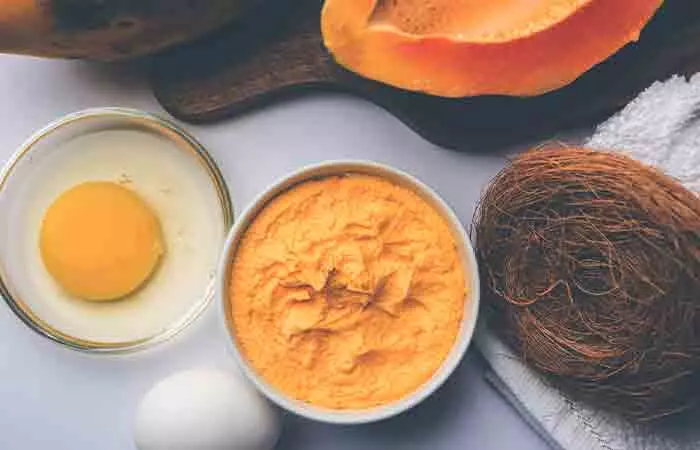
Egg white feels tight on the skin when it dries after application. This way, it could help with skin toning and skin tightening.
You Will Need
- 1/2 cup of ripe papaya pieces
- 1 egg white
What You Have To Do
- Mash the papaya pieces. Whisk the egg white until it becomes frothy.
- Mix these two and apply the mixture to your face and neck.
- Rinse it off after 15 minutes.
How Often You Should Do This
Repeat this once every week.
5. Papaya And Orange Face Pack For Oily Skin
are an excellent choice for rejuvenating your skin. Orange and papaya contain vitamin C, and the juice is believed to work as a natural astringent and reduce excess oiliness on face. This nutrient also helps fight inflammation (7). Orange juice and papaya extracts are also thought to have skin-brightening properties.
You Will Need
- A ripe papaya
- 5-6 pieces of orange
What You Have To Do
- Chop the ripe papaya into pieces.
- Squeeze the juice out from the orange pieces and mix with the papaya pieces. Mix well and apply to your face.
- Keep it on for 15 minutes and then rinse it off with water.
How Often You Should Do This
Do this twice a week.
6. Papaya And Lemon Face Pack For Skin Brightening
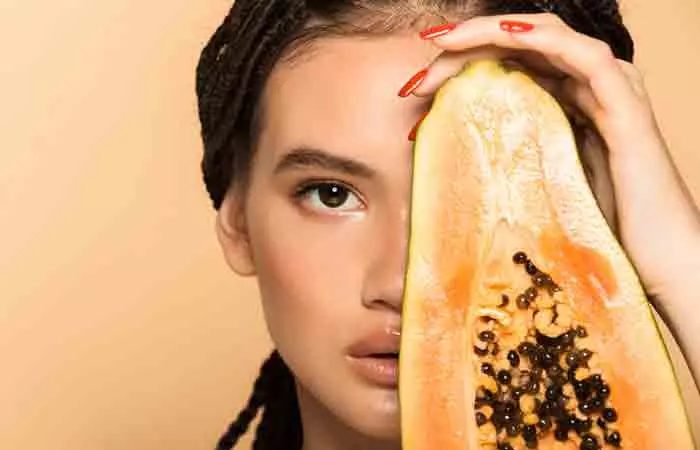
Lemon is rich in vitamin C and citric acid, which are known for their astringent, skin-brightening, and bleaching properties.
You Will Need
- A few pieces of ripe papaya
- 1 teaspoon of lemon juice
What You Have To Do
- Mash the papaya and add fresh lemon juice to it. Mix well.
- Apply this pack to your face and keep it on for 10 minutes.
- Rinse it off with water.
How Often You Should Do This
Apply this face pack 2-3 times a week.
7. Papaya And Turmeric For Therapeutic Benefits
Turmeric has antimicrobial and anti-inflammatory properties and is antioxidant-rich (9). It is used in traditional medicine to treat skin issues and promote skin health. Along with papaya, turmeric can help maintain overall skin health.
You Will Need
- 1/2 cup of ripe papaya
- 1/2 teaspoon of turmeric powder
What You Have To Do
- Mash the papaya and mix the turmeric powder with it.
- Apply this to the problem area and allow it to dry completely.
- Slowly scrub the pack off once it dries.
- Rinse the area with cold water.
How Often You Should Do This
Repeat this once every week.
8. Papaya And Tomato Face Mask For Tanned Skin
Tomato is widely used in organic skincare packs and is said to reduce tanning, tone the skin, and minimize skin pores. It also is believed to restore natural skin color.
You Will Need
- Pulp of 1 tomato
- 4 small cubes of ripe papaya
What You Have To Do
- Mash the ripe papaya and mix it with the tomato pulp.
- Spread the mixture evenly on your face and neck.
- Let it dry and then wash off.
How Often You Should Do This
2-3 times a week.
9. Papaya And Milk Face Pack For Dark Spots
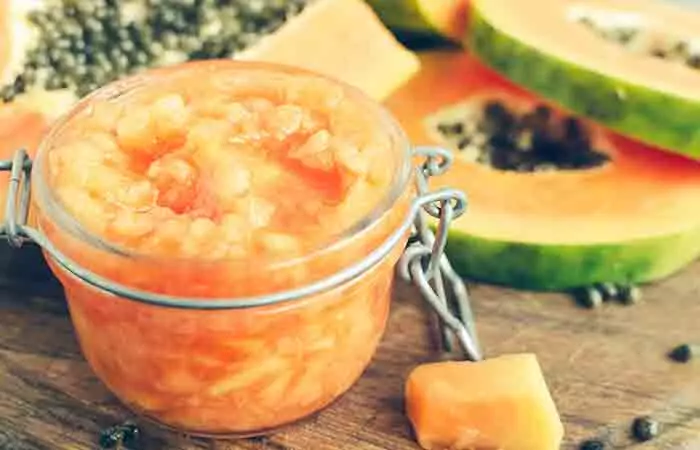
Milk has mild exfoliating and cleansing properties, which can be attributed to its lactic acid content. Together with papaya, it can help reduce spots and make your skin brighter (10).
You Will Need
- 3-4 cubes of ripe papaya
- 1 teaspoon of raw milk
What You Have To Do
- Mash the papaya cubes and mix with the milk.
- Apply the paste evenly to your face and neck.
- Let it dry for 15-20 minutes and then wash off.
How Often You Should Do This
3 times a week
10. Papaya And Multani Mitti For Clear Skin
Multani mitti helps cleanse the skin thoroughly. It aids the removal of excess dirt and sebum from your face. This makes the skin appear bright.
You Will Need
- 3-4 cubes of ripe papaya
- 2 tablespoons of multani mitti or Fuller’s earth
- Water or rosewater for mixing (adjust the quantity)
What You Have To Do
- Mash the papaya and mix it with multani mitti.
- Add water or rosewater to prepare the paste.
- Spread it over your face and let it dry.
- Wash it afterward.
How Often You Should Do this
1-2 times a week.
However, multani mitti (or any clay mask) can make your skin dry. If you have dry skin, use this mask once a week, and if you have oily skin, use it twice a week.
 Quick Tip
Quick Tip11. Papaya Face Mask for Wrinkles
Vitamin E is an antioxidant with the ability to shield the skin from oxidative stress and environmental and sun damage. It may help promote skin elasticity and firmness and reduce the visibility of wrinkles and fine lines (11). It also has anti-inflammatory properties that may benefit skin health.
You Will Need
- 1 papaya slice
- 1 tablespoon of honey
- 1 vitamin E capsule
What You Have To Do
- Mash the papaya and mix it with honey.
- Open the vitamin E capsule and add its contents to the paste.
- Apply this mask to your clean face.
- Let it dry, then rinse it off with water.
How Often You Should Do This
Use this mask once a week to help with wrinkles and rejuvenate your skin.
Using these masks in a proper skincare routine can help you achieve glowing skin. Keep reading to learn a few more additional tips that can ensure your skin looks healthy and beautiful.
Tips For Using Papaya Face Packs
Here are a few tips for using papaya face packs effectively:
- Always do a patch test on a small area of your skin to check for any allergic reactions before applying the face pack on your whole face.
- Choose a ripe, soft papaya to ensure your make has the best texture and offers the most benefits.
- Cleanse your face thoroughly before applying the papaya pack to remove dirt, oils, and makeup. This helps the pack work more effectively on clean skin.
- Gently massage the papaya mixture in circular motions as you apply it to your face.
- Apply the mixture evenly and avoid the sensitive areas around your eyes and mouth.
- Don’t leave it on longer than recommended, as this can cause irritation.
- After removing the pack, you can rinse with lukewarm water and follow up with a gentle moisturizer to keep your skin hydrated and smooth.
- Use the face pack regularly, about once or twice a week, for best results.
You can store any leftover papaya paste in an airtight container in the fridge and use it within a couple of days to keep it fresh.
Before you start using these recipes, you need to be aware of the risks associated with using papaya.
Risk Factors Associated With Papaya Face Masks
Papaya contains papain, a beneficial enzyme that can act as a strong allergen (12). Moreover, papaya contains latex that may trigger allergic reactions (13),(14)
It can cause:
- Skin rashes
- Breathing troubles
- Sneezing
- Dizziness
- Headache
- Itching
- Swelling
Infographic: 5 Simple Papaya Face Packs For Healthy And Smooth Skin
Papaya is filled with essential nutrients that can provide you with smooth and healthy skin. To help you out, we have rounded up the 5 best papaya face packs that can help you get beautiful and glowing skin. Check out the infographic below to know more!
Some thing wrong with infographic shortcode. please verify shortcode syntax
Papaya face packs benefit the skin in multiple ways. They are known for their skin rejuvenation properties. The topical application of papaya promotes wound healing and hydrates the skin. It also protects the skin from premature aging and makes it supple. You can mix papaya with honey, lemon, banana, cucumber, egg white, orange, turmeric, tomatoes, milk, or Fuller’s earth to make these face packs. However, a patch test is recommended before using these face packs as some people are allergic to papaya. Apply these face packs once or twice a week to reap their wonderful skin benefits!
Frequently Asked Questions
Can I use papaya face packs daily?
Anything excessive can be damaging for the skin. It is better to use papaya face pack moderately as directed or once/twice in a week.
Is papaya good for oily skin?
Papaya is suitable for all skin types (including oily skin). However, it may cause allergies in certain individuals.
Is papaya face pack good for pigmentation?
Yes. Papaya has strong antioxidant properties, which act against pigmentation induced by oxidative stress and skin aging (15).
Which face mask works best for brightening skin and lightening dark skin spots?
The papaya turmeric honey face mask is a popular DIY mask and offers several benefits for brightening the skin and lightening dark spots. When combined, these ingredients work synergistically to provide various skin benefits. The papaya exfoliates and brightens the skin, while the turmeric helps reduce dark spots and even out the skin tone. Honey adds moisture and nourishment to the skin, enhancing its overall appearance.
Illustration: Papaya Face Packs For Glowing, Fair, And Smooth Skin
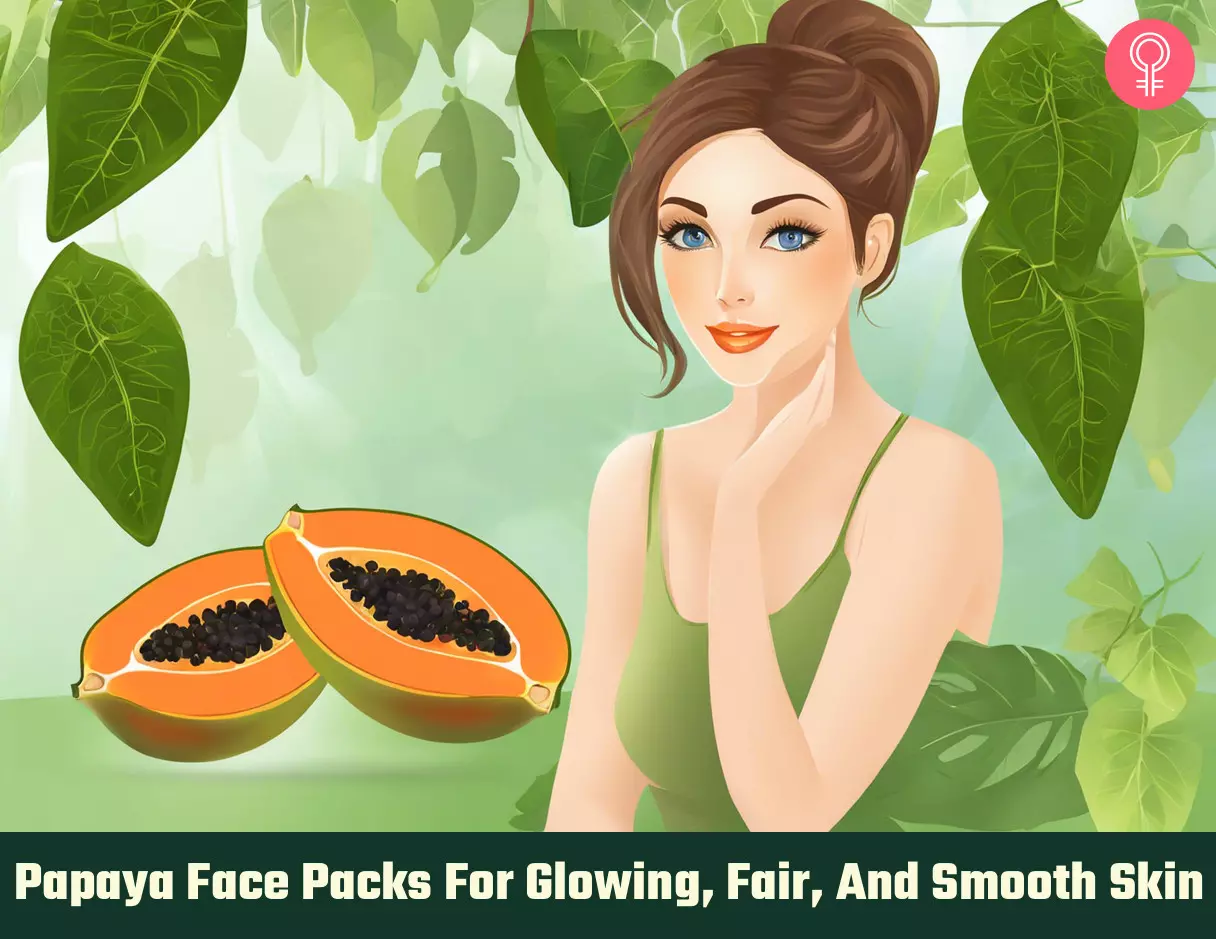
Image: Stable Diffusion/StyleCraze Design Team
Learn how to do a papaya facial to remove dark spots and hyperpigmentation and achieve clear skin. Check out this video for an easy DIY facial to get glowing skin naturally.
Personal Experience: Source
StyleCraze's articles are interwoven with authentic personal narratives that provide depth and resonance to our content. Below are the sources of the personal accounts referenced in this article.
i. DIY Raw papaya with sandalwood face packhttps://froz17.wordpress.com/2025/10/08/diy-raw-papaya-with-sandalwood-face-pack/
References
Articles on StyleCraze are backed by verified information from peer-reviewed and academic research papers, reputed organizations, research institutions, and medical associations to ensure accuracy and relevance. Read our editorial policy to learn more.
- Papaya preparation (Caricol®) in digestive disorders., Neuro Endocrinology Letters, US National Library of Medicine, National Institutes of Health. https://pubmed.ncbi.nlm.nih.gov/23524622/
- Topical use of papaya in chronic skin ulcer therapy in Jamaica. The West Indian Medical Journal, US National Library Of Medicine, National Institutes of Health. https://pubmed.ncbi.nlm.nih.gov/10786448/
- Comparison of safety and efficacy of papaya dressing with hydrogen peroxide solution on wound bed preparation in patients with wound gape, Indian Journal of Pharmacology, US National Library of Medicine, National Institutes of Health.
https://www.ncbi.nlm.nih.gov/pmc/articles/PMC3523510/ - THE FLAVONOIDS CONTENT IN LEAVES AND FRUITS OF PAPAYA (Carica papaya L.) VAR. CALIFORNIA AND VAR. GANDUL, ResearchGate. https://www.researchgate.net/publication/283868762_THE_FLAVONOIDS_CONTENT_IN_LEAVES_AND_FRUITS_OF_PAPAYA_Carica_papaya_L_VAR_CALIFORNIA_AND_VAR_GANDUL
- Comparative study of the stability of free and modified papain incorporated in topical formulations, Brazilian Journal of Pharmaceutical Sciences, Scielo.
https://www.scielo.br/j/bjps/a/CGmBtdt3QDD6FWZpkpYHcrh/?lang=en - Honey in dermatology and skin care: a review., Journal of Cosmetic Dermatology, US National Library of Medicine, National Institutes of Health. https://pubmed.ncbi.nlm.nih.gov/24305429/
- Vitamin C in dermatology, Indian Dermatology Online Journal, US National Library of Medicine, National Institutes of Health.
https://www.ncbi.nlm.nih.gov/pmc/articles/PMC3673383/ - Exploring cucumber extract for skin rejuvenation, African Journal of Biotechnology.
https://academicjournals.org/article/article1380726732_Akhtar%2520et%2520al.pdf - Turmeric, the Golden Spice, NCBI.
https://www.ncbi.nlm.nih.gov/books/NBK92752/ - Epidermal and dermal effects of topical lactic acid. Journal of American Academy of Dermatology, US National Library of Medicine, National Institutes of Health.
https://pubmed.ncbi.nlm.nih.gov/8784274/ - The role of vitamin E in normal and damaged skin
https://pubmed.ncbi.nlm.nih.gov/7633944/#: - Papain Degrades Tight Junction Proteins of Human Keratinocytes In Vitro and Sensitizes C57BL/6 Mice via the Skin Independent of its Enzymatic Activity or TLR4 Activation, Journal of Investigative Dermatology, US National Library of Medicine, National Institutes of Health.
https://www.ncbi.nlm.nih.gov/pmc/articles/PMC4471117/ - Papaya
https://pubmed.ncbi.nlm.nih.gov/30000941/ - [Latex-papaya syndrome: an infrequent association]
https://pubmed.ncbi.nlm.nih.gov/29723936/#:~:text=Conclusions%3A%20Hypersensitivity%20to%20papaya%20increases,adrenaline%20self%2Dadministration%20is%20essential - Beneficial Role of Carica papaya Extracts and Phytochemicals on Oxidative Stress and Related Diseases: A Mini Review, Biology (Basel), US National Library of Medicine, National Institutes of Health.
https://www.ncbi.nlm.nih.gov/pmc/articles/PMC8066973/
Read full bio of Dr. Priya Gill
Read full bio of Ramona Sinha
Read full bio of Anjali Sayee
Read full bio of Krati Darak





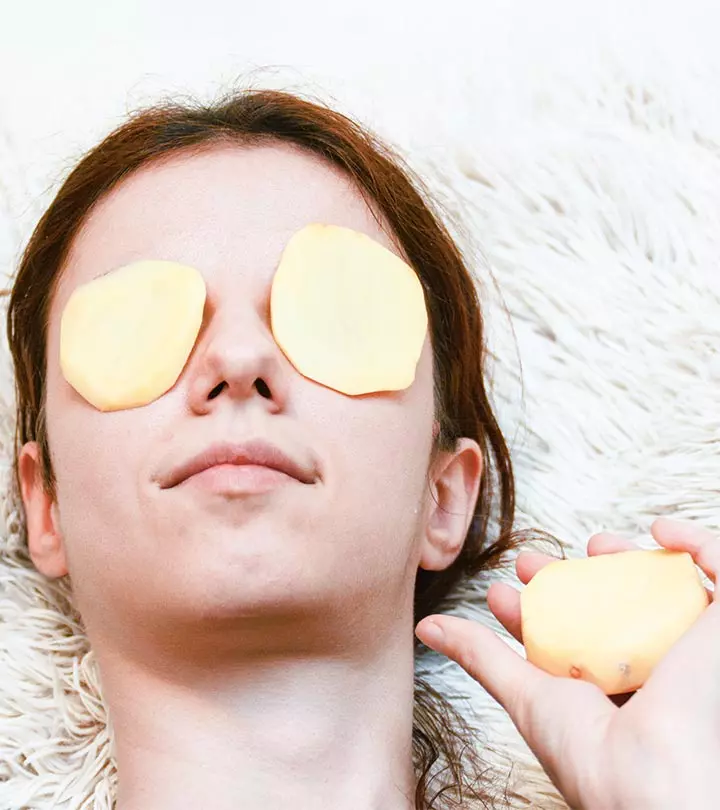
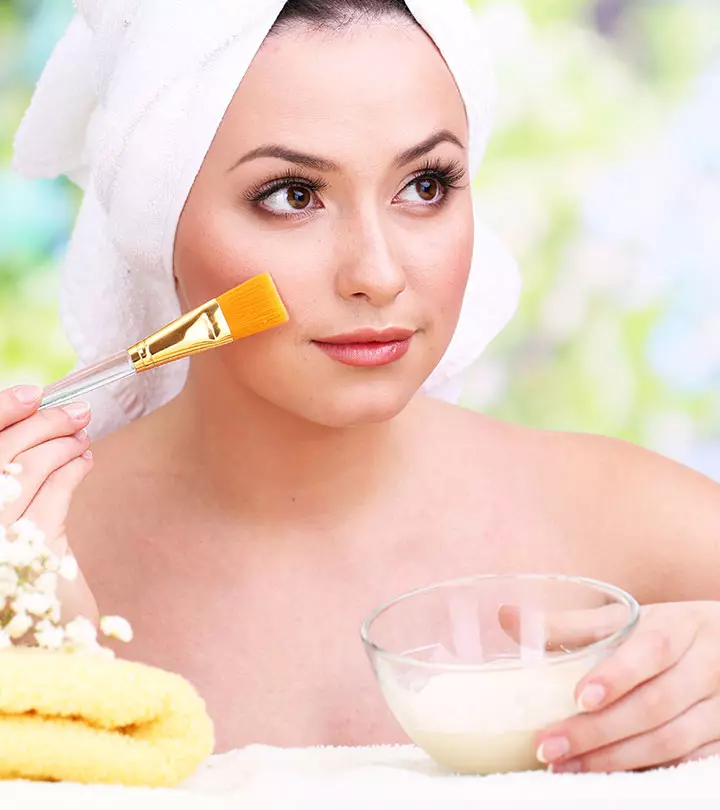
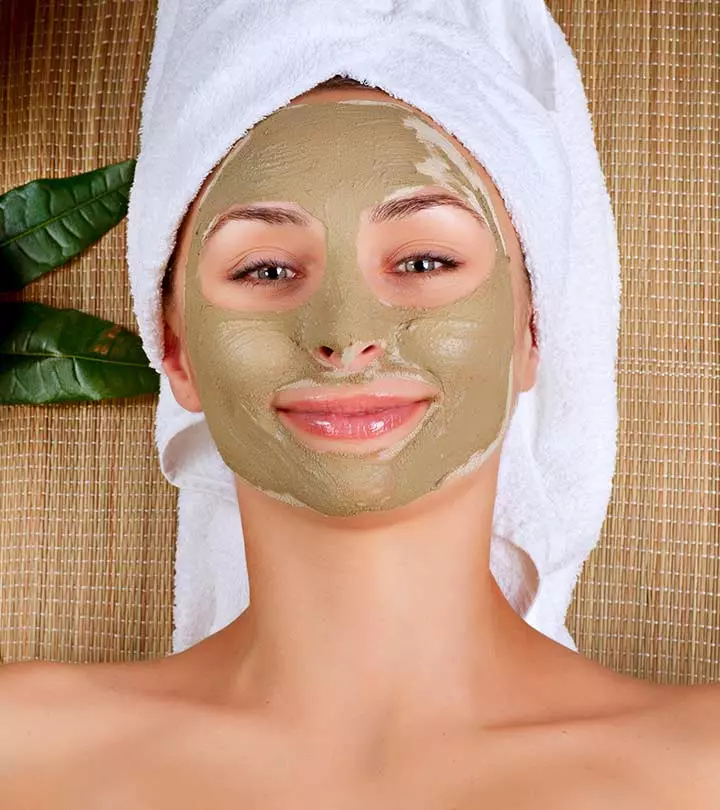
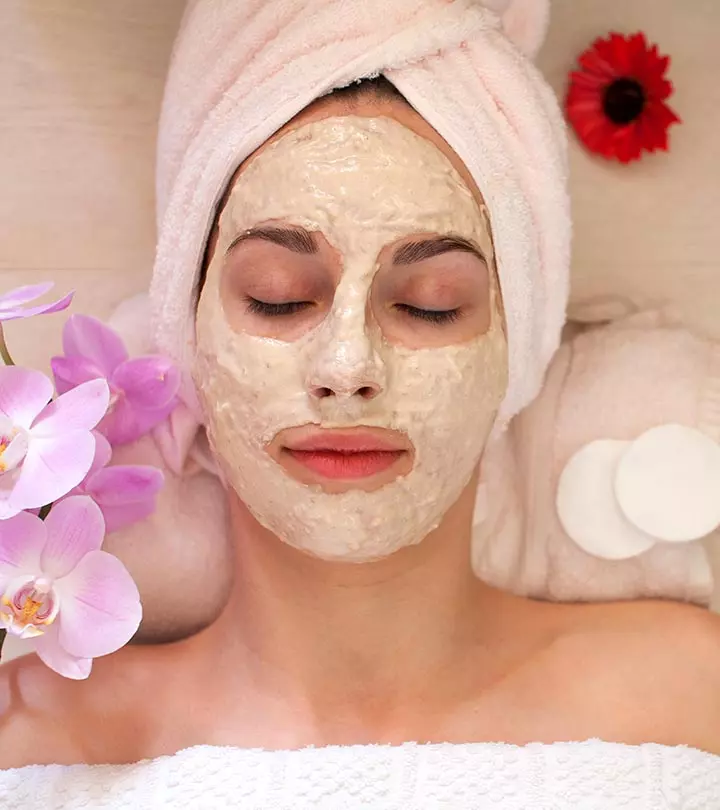
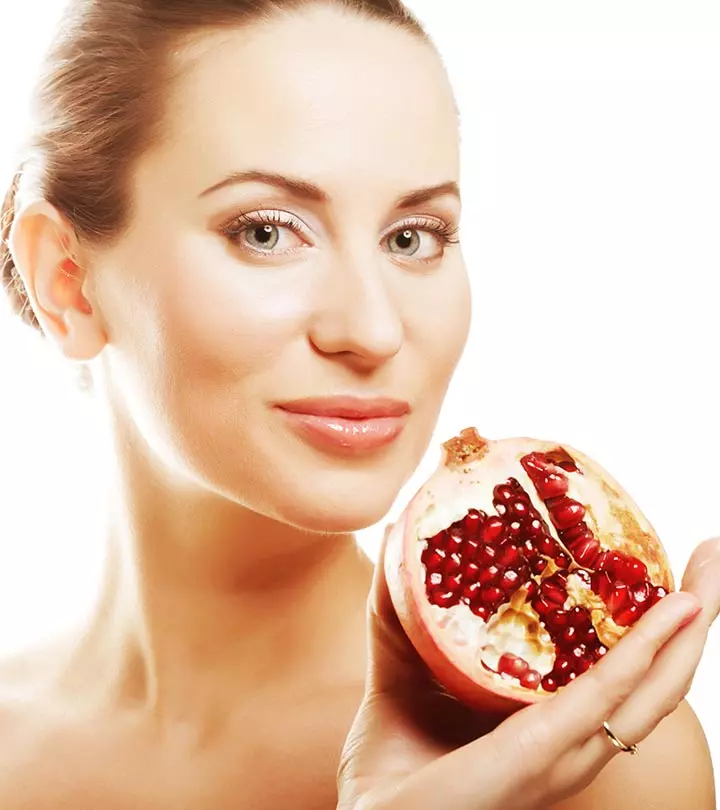

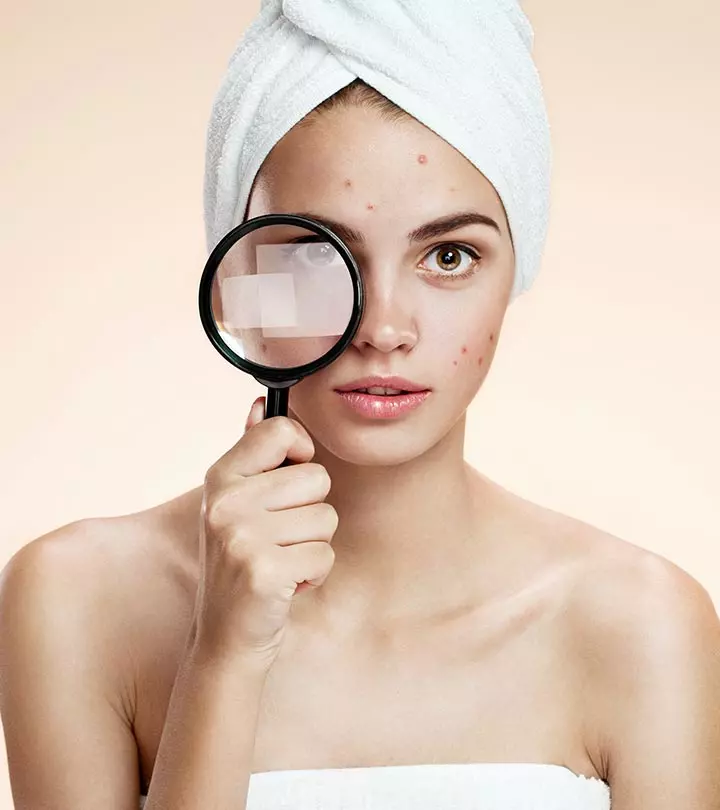
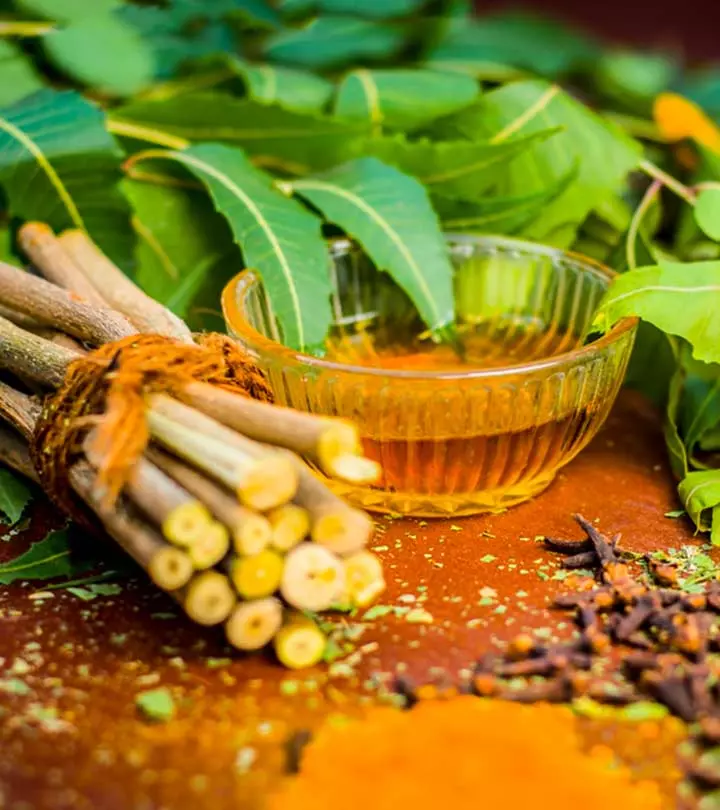
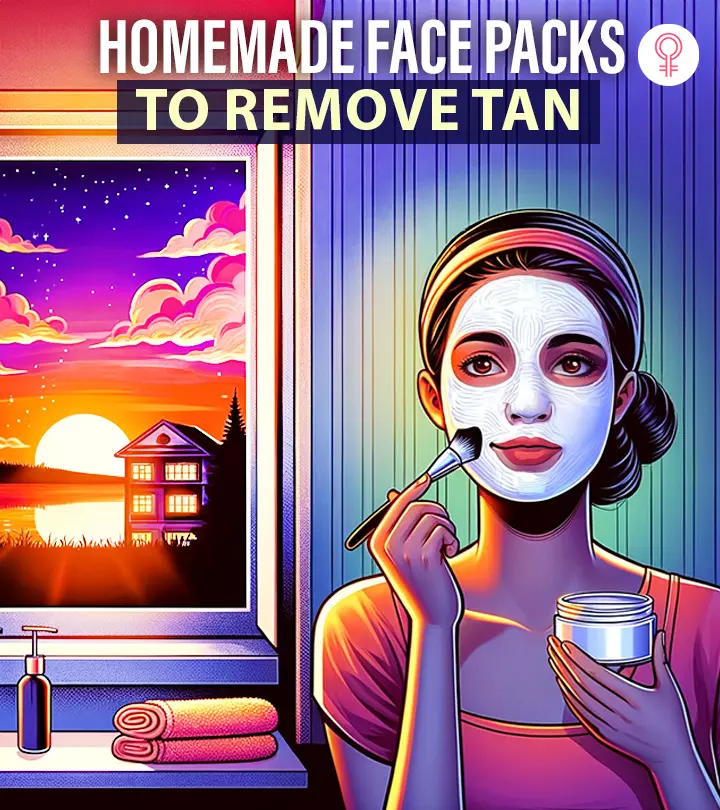
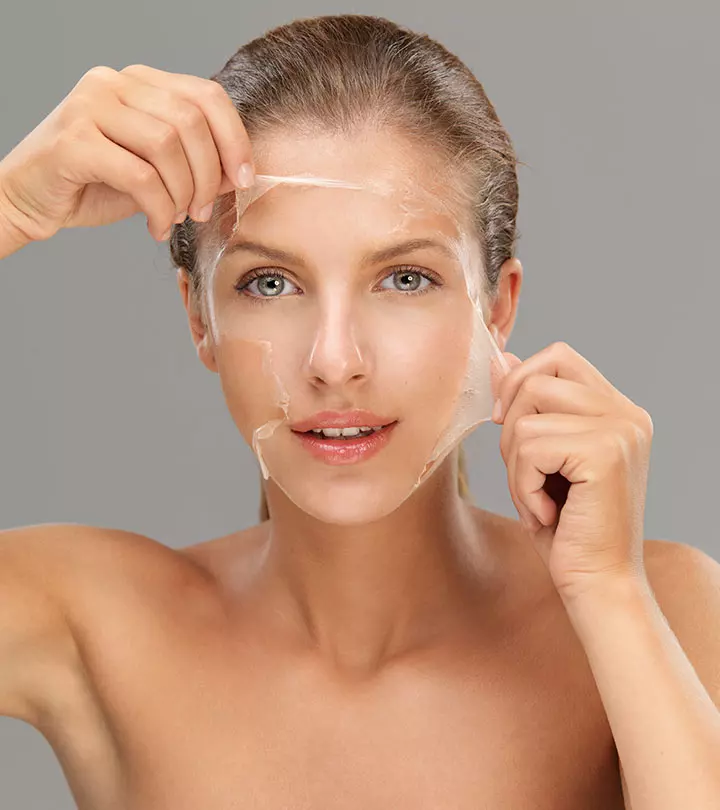
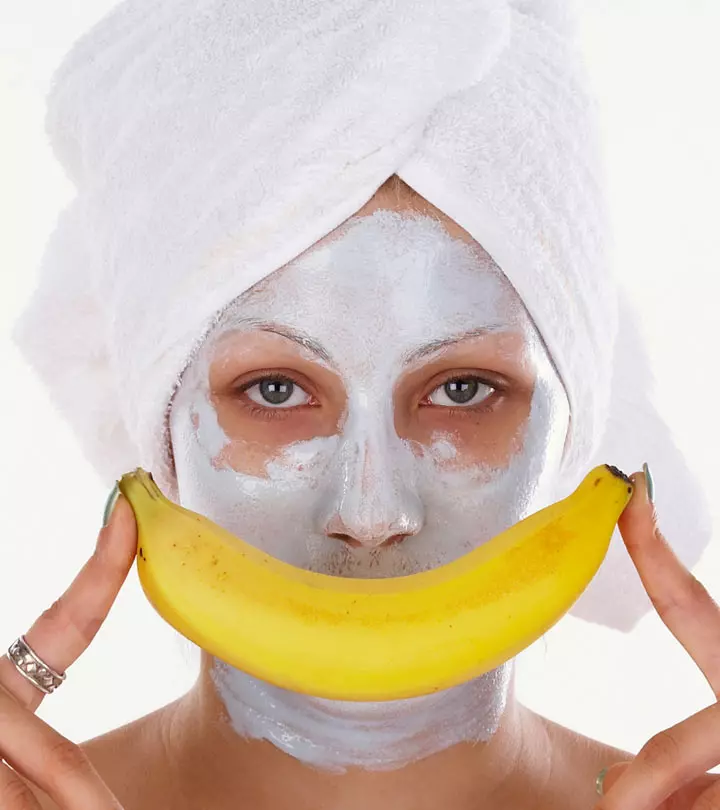

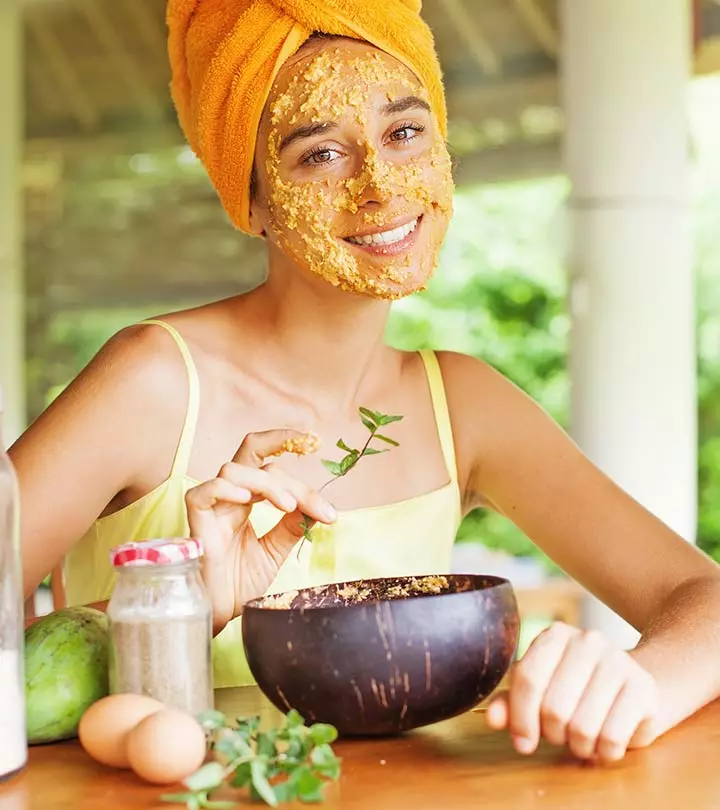
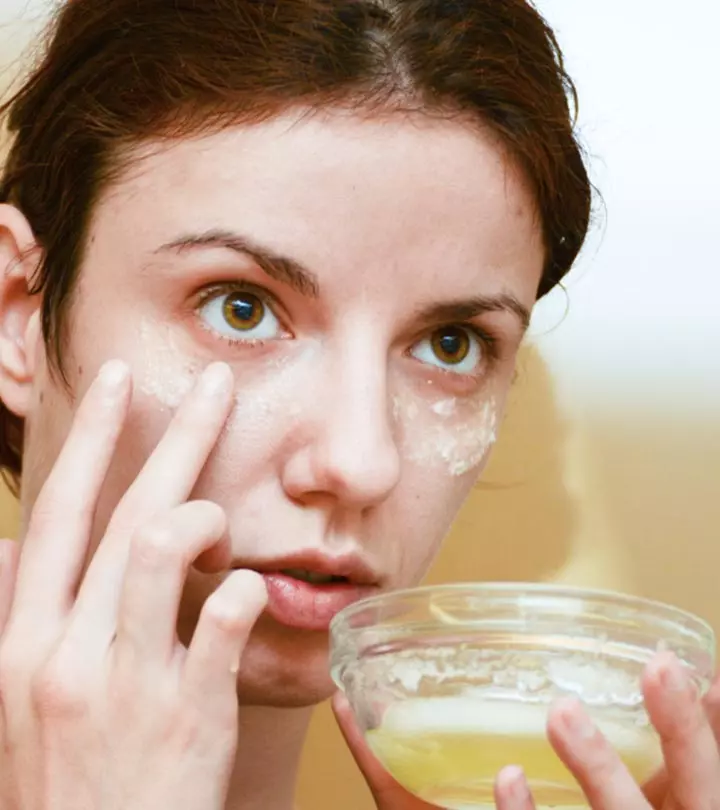
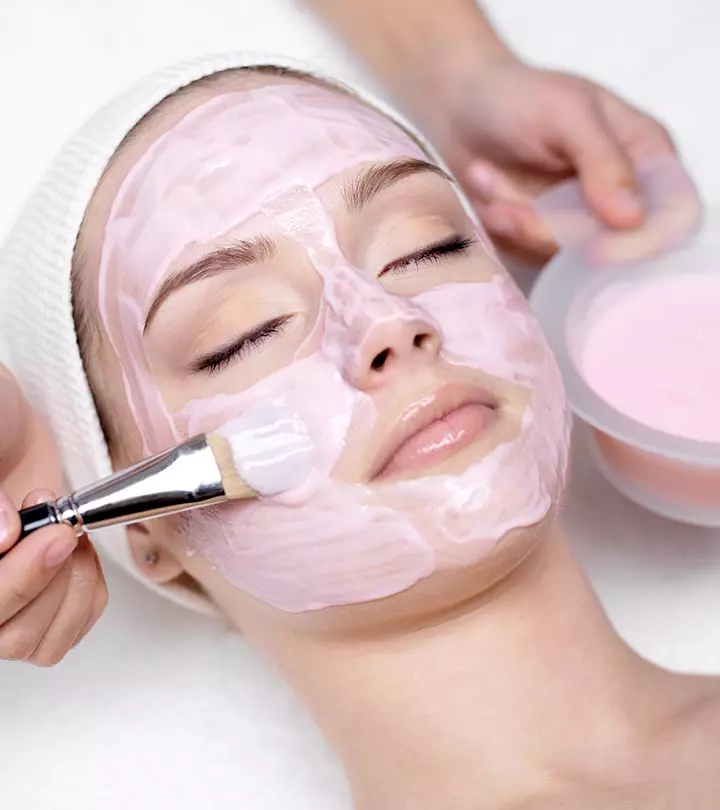
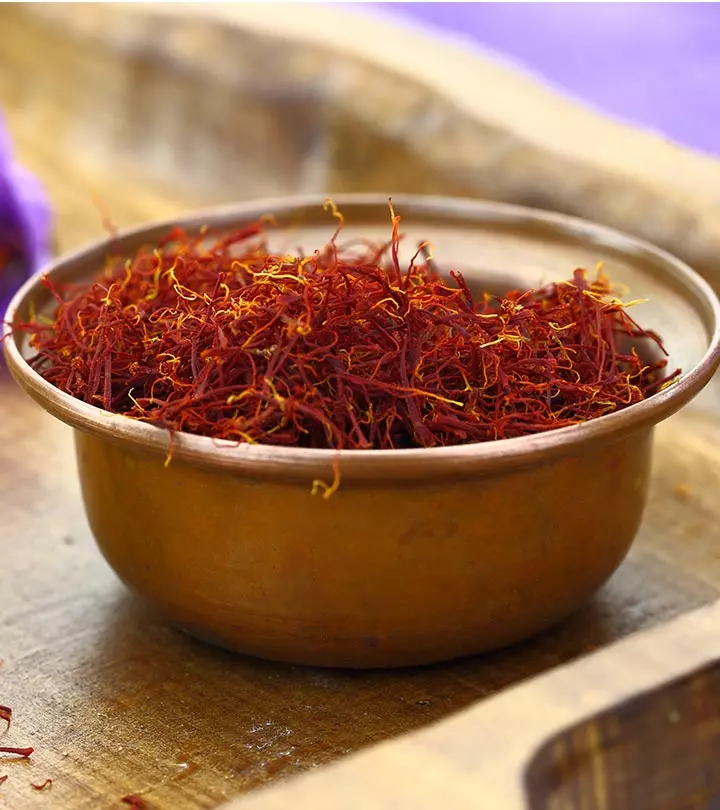
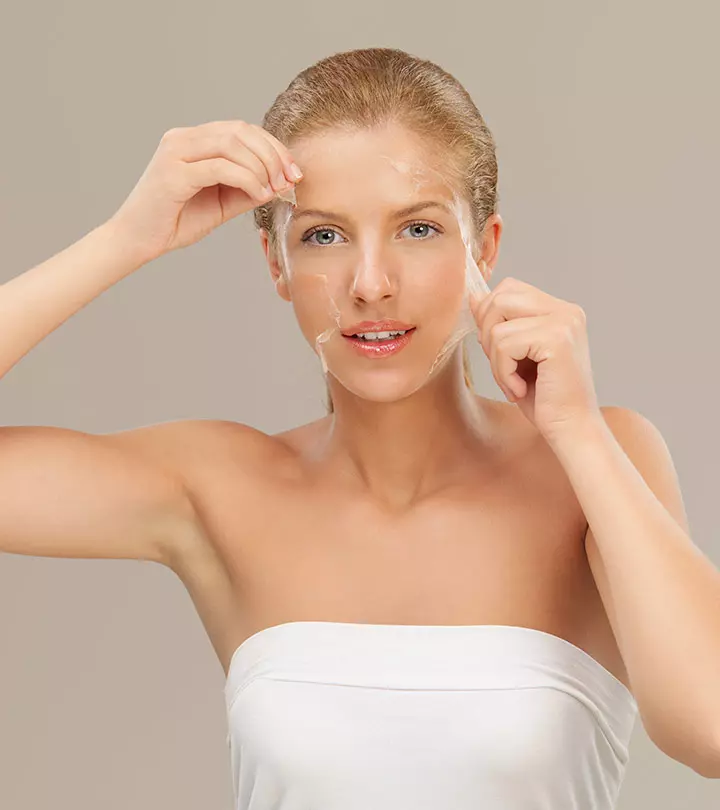

Community Experiences
Join the conversation and become a part of our empowering community! Share your stories, experiences, and insights to connect with other beauty, lifestyle, and health enthusiasts.